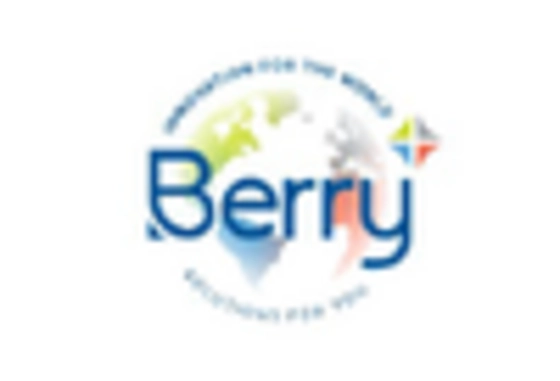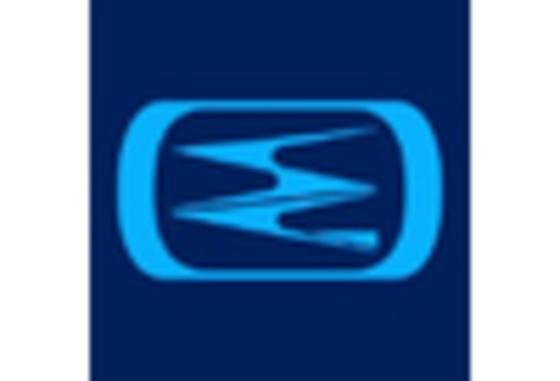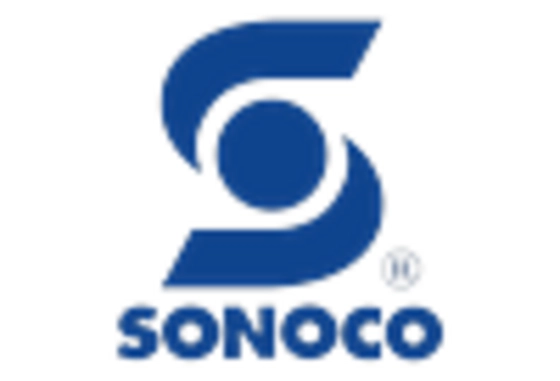Market Share
Agricultural Packaging Market Share Analysis
In the dynamic Agricultural Packaging Market, firms use market share positioning tactics to get a competitive edge and grow their market share. Innovative packaging is a common tactic. Companies study and develop packaging materials for the agriculture sector to prevent perishable items from spoiling, reduce environmental effect, and make transportation easier. Companies aspire to attract efficiency- and sustainability-seeking clients with innovative packaging solutions.
Additionally, price methods affect market share positioning in the Agricultural Packaging Market. Some organizations use cost leadership to provide cheaper packaging solutions than their competitors. This strategy seeks to attract price-sensitive clients and increase market share through affordability. Premium pricing schemes emphasize excellent, customized packaging with extra features. These premium items target quality-conscious clients prepared to spend more for functionality and reliability.
In the Agricultural Packaging Market, collaboration and strategic alliances are crucial positioning tactics. Companies regularly partner with agricultural producers, suppliers, and distribution networks to expand their markets. By partnering with industry leaders, firms may reach new markets and share resources and experience. Collaborations improve the value proposition and boost agricultural brand exposure and trust.
Companies also use market segmentation to position themselves. Companies adjust packaging solutions to crop type, region, and farming techniques to meet the different demands of the agricultural business. Companies may tailor their packaging solutions to each market group by knowing their distinct needs and creating tailored marketing campaigns and product offers.
Sustainability and eco-friendliness are becoming increasingly important in agricultural packaging market share positioning. As environmental awareness rises, consumers and companies want packaging that is green. These practises help the earth and position corporations as pioneers in sustainable agricultural packaging, attracting a rising sector of environmentally conscious customers.

















Leave a Comment